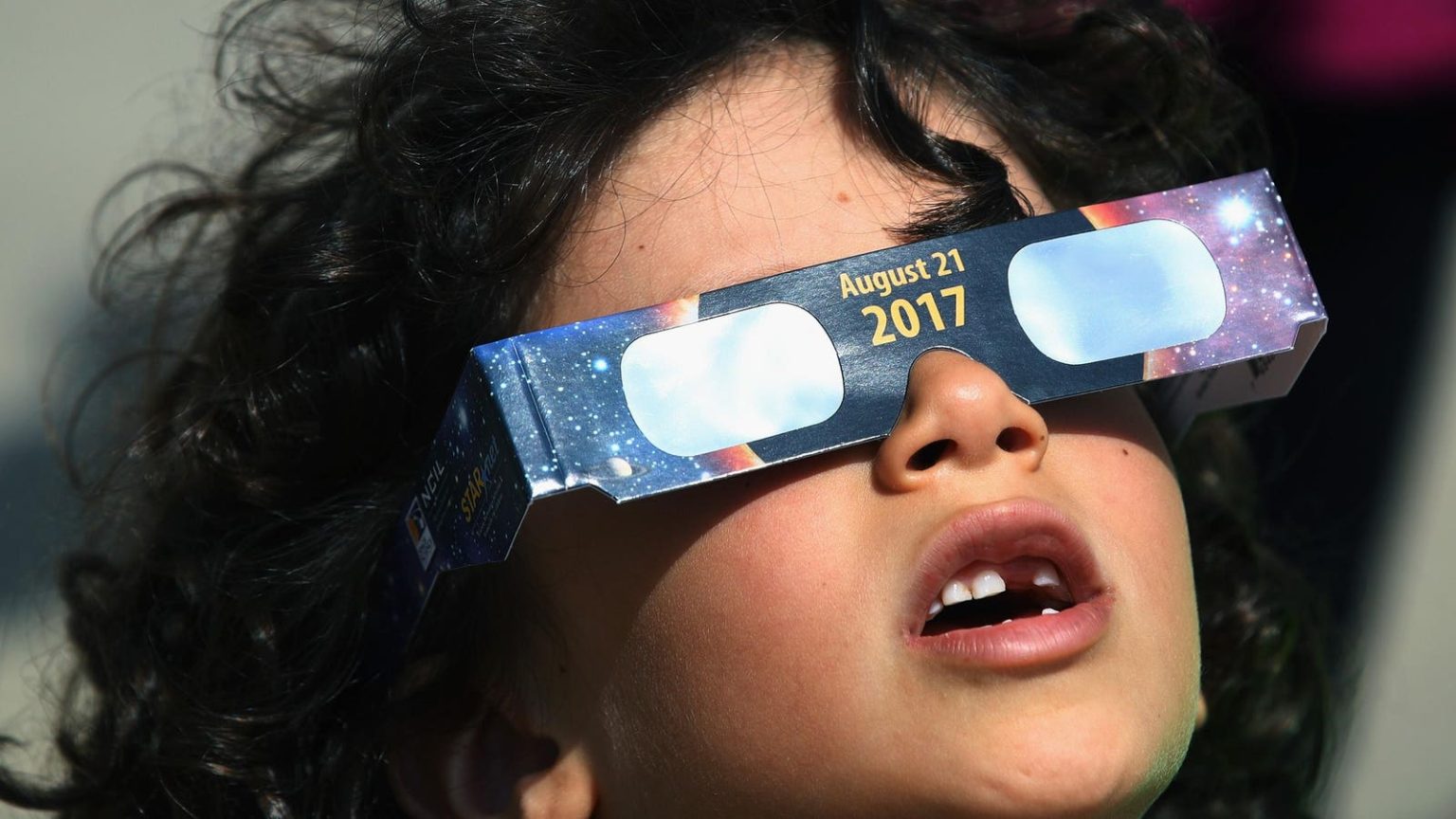The Federal Aviation Administration has advised that the upcoming Great North American Eclipse on April 8 could cause flight delays and air traffic disruptions.
Beginning over the South Pacific Ocean, the eclipse will cross North America, including Mexico, the U.S., and Canada. The path of totality will travel southwest to northeast across thirteen U.S. states in about an hour and ten minutes. But, while the event is brief and mostly harmless (don’t look directly at the sun) it could wreak havoc on air traffic.
Why? Well, so many people are eager to see the eclipse they are planning trips within the path of totality. Delta Air Lines
DAL
This means a more significant number of planes flying in already crowded airspace. To make things more challenging, the eclipse coincides with peak Spring Break travel days.
The Federal Aviation Administration has made plans to manage flights and minimize disruption during this stellar phenomenon.
Next Week Will Be “Busiest Of The Season” For Air Travel
The FAA expects next week to be “the busiest of the season” as travelers enjoy the Spring Break getaways. The FAA also predicts that “a significant number of travelers” will travel to states along the path of totality to experience the eclipse on Monday, April 8.
- There will be over 50,000 flights on Thursday, March 28
- Spring break traffic will peak on April 4 with 50,670 flights.
- On Eclipse Day, April 8, the FAA expects 47,137 flights.
“Due to the high volume of aircraft and drones attempting to witness the total solar eclipse, travelers flying along the eclipse path may encounter limited parking and potential airport delays,” the FAA warns.
FAA Has Advice For Pilots
The Administration has issued special instructions for pilots flying during this period to keep the skies safe. It has advised pilots to prepare for “airborne holding, reroutes, and/or Expect Departure Clearance Times (EDCTs).”
That could mean delays in flight arrivals and departures.
The FAA will issue further notices to help with navigation instructions during the eclipse and it’s also produced a short video with advice for private pilots.
The FAA’s 2024 total solar eclipse notice also includes a handy list of the over 100 airports within 50 nautical miles of the eclipse path. Affected airports include American Airlines
AAL
FAA’s Tips For Peak Spring Break And Eclipse Air Travel
The FAA offers tips for spring break travelers and those flying to see the eclipse.
- Be patient and follow crew instructions. It’s against Federal law to interfere with or physically assault the crew or to threaten to assault anyone on a plane. Failing to keep cool could land travelers in hot water. Unruly behavior on planes can result in civil penalties, criminal fines, and possible jail time. The FAA will enforce its zero-tolerance policy for unruly passenger behavior.
- Before heading to the airport, travelers should remove any prohibited hazardous materials from their baggage, including aerosol cans containing hair spray, deodorant, tanning spray or animal repellant, nail polish, artist paints, and glues.
- Travelers should not put e-cigarettes, vaping devices, or spare lithium batteries in checked luggage. For safety, spare lithium batteries for electronic devices and backup chargers should be placed in carry-on luggage.
Electronics powered by lithium batteries—including laptops, smartphones, or tablets—can ignite and cause an intense fire that is difficult to control. The FAA recommends that passengers keep these devices nearby so any incident can be detected quickly. The cabin crew is specially trained and equipped to put the fire out.
Unfortunately, it does happen. Air travelers should keep their mobile devices securely stored in a business or first-class seat that converts into a bed. In several cases, mobile phones have caught fire because they dropped between the cushions and got crushed by the seat adjustment mechanism.
Enjoy spring break and the eclipse—fly safe!
Read the full article here





